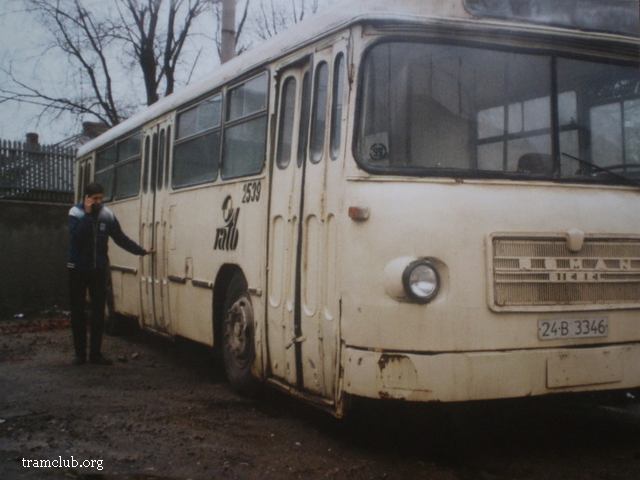Romanian Buses
The Romanian bus industry has a history dating back to the early 1900s.

Steliu Lambru, 25.04.2015, 14:08
The Romanian bus industry has a history dating back to the early 1900s and has been mainly linked to the development of the public transport system. The first bus maker in Romania was the Marta Plant, a company established in Arad, Western Romania, in 1909 as a branch of the strong American brand Westinghouse.
American-designed engines with which the rolling stock, cars, trucks as well as the Marta buses were equipped were made in Arad; the engine offer for buses was quite generous. For the public transport network, single and double-deckers were made, as well as several luxury buses. After 1918, the Marta Plant became the Astra railcar and engine factory, the first such Romanian firm.
In the interwar period, buses running in Romania’s big cities were made by such big American companies as Ford and Chevrolet, as well as by the French company Renault and Germany’ s Henschel.
However, the bus public transport system was rather limited, because of the country’s poor road network, and the poor condition of the pavement. In 1930, the estimated number of buses running in Romania stood at around 3,200 vehicles. Romanian producers would import spare parts and assemble them in their own workshops.
After 1945 when the communist regime was instated, the policy regarding industry in general and the car-making industry in particular was subject to change; Since all plants and factories were seized by the state, the latter had all the levers by means of which it could secure the progress of the field. After 1953, when the communist leadership in the USSR was also changed, the USSR losing the control it had had over the satellite countries’ economies, each of the latter countries was free to undertake its own initiative in terms of industrial development.
Over 1955-1956, the “Mao Tse-tung” factory, formerly known as “Vulcan” Bucharest, the first Romanian-made bus would roll out of the factory. The body had been designed by the Bucharest Transport Enterprise and assembled on a truck chassis. The bus was around 8.5 meters long, 2.5meters wide and 3 meters tall. The Zis-120 engine was Soviet-made and developed a 90 horsepower. The bus could transport 60 people and had a seating capacity for 28 people.
Trolleybuses and minibuses would be made at the aforementioned factory starting 1957. Meanwhile, the factory changed its name into “Tudor Vladimirescu” while buses, trucks and minibuses were called TV. In 1962, the TV buses were equipped with 70 horsepower engines, and in 1964 the TV-41 and TV-51 models were launched. The latter had a new design and an improved engine. In 1969, the TV-20 bus was launched in two versions, TV-20 U and TV-20 R, as well as the electric version, the TV-20 E trolleybus. Starting 1973, the Diesel version of the TV vehicles was also made. In the early 1970s, when trade relations with the then Federal Republic of Germany were resumed, the Bucharest enterprise imported the license of MAN buses, the platform on which the future models would be designed.
In the late 1970s, the Bucharest enterprise would once again chance its name, becoming “Autobuzul”, that is ”The Bus”. Between 1979 and 1998, the most widely produced, slightly improved bus model was DAC. It was 16.50 meters long, 2.50 meters wide and 3 meters tall. The bus could hold 161 passengers, of whom 37 people could have a seat. It had a petrol-based, 192 HP engine, as well as a 240 HP Diesel engine, with a hydramatic gearbox. In the 1980s, the GPL model was created with the fuel tank being mounted on the roof.
After 1989, economic reforms also impacted “The Bus” factory that changed its name once again, into “Rocar”. But that was not enough for the enterprise to avoid bankruptcy. Despite certain privatization and overhaul attempts that made the Rocar de Simon model possible, “Rocar” simply could not cope with competition coming from Ikarus, Saviem and Mercedes bus makes, and discontinued its production in 2003. However, the Romanian bus industry saw a couple of new companies emerging, such as Roman, the former truck plant and Grivbuz, both brands being equipped with engines made by such strong carmakers as Renault, Mercedes and Scania.






























